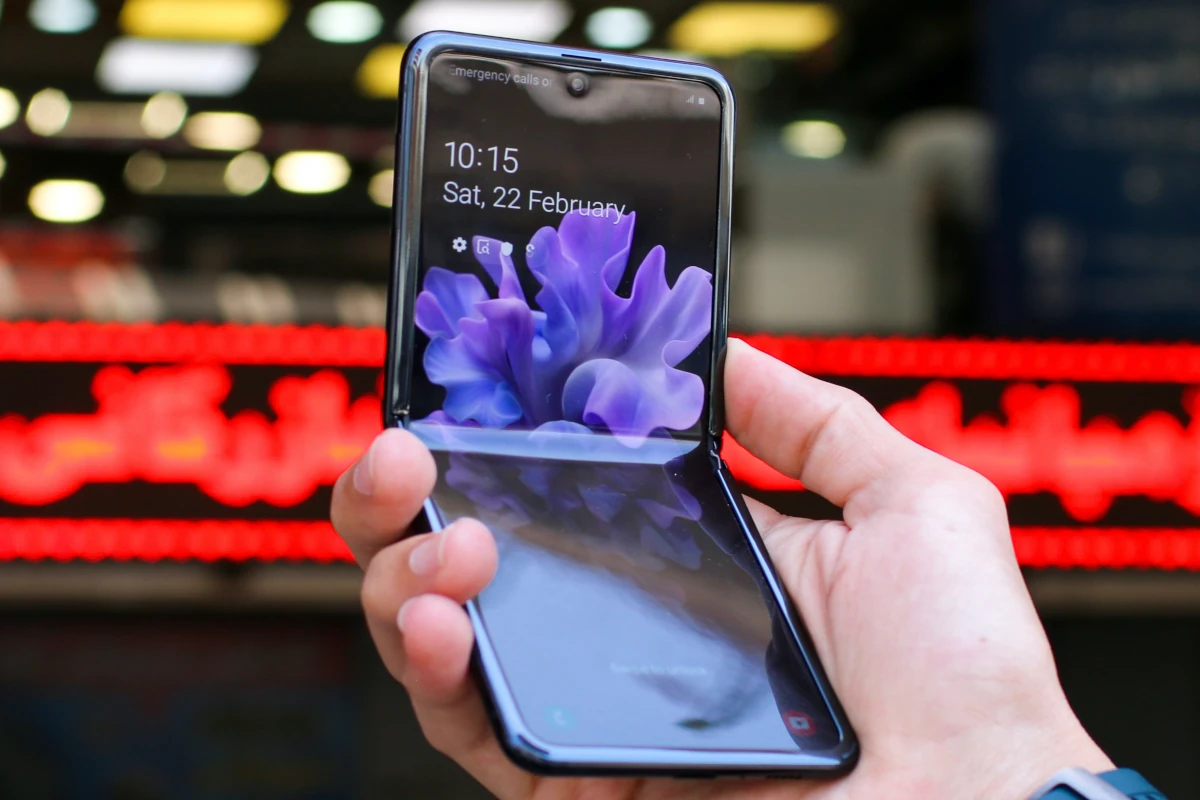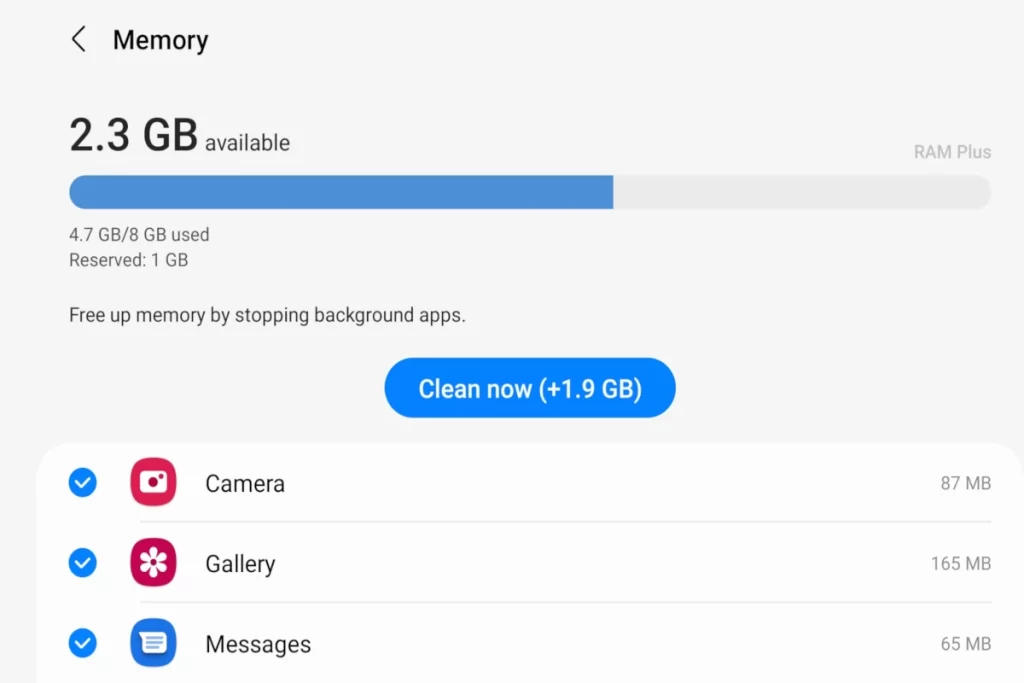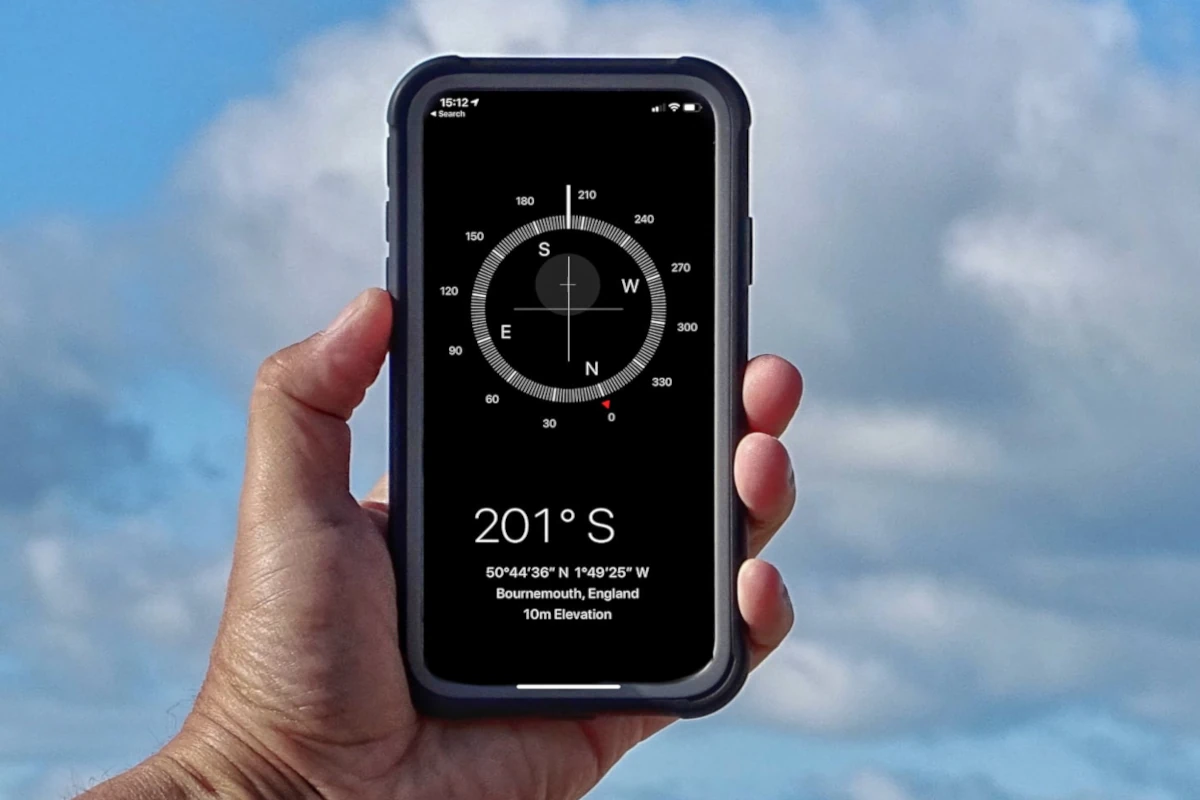A screen burn or burn-in refers to an afterimage or noticeable patterns and patches that appear on one’s screen when it is on.
It often happens when pixels display the same icon or image for a long period. Screen burn-in is pretty hard to notice, and they only occur if one spends much time on their phone.
Does Dynamic AMOLED Burn-in?
All AMOLED and OLED screens can suffer burn-in, depending on how one uses their device. If you are fond of leaving static images on your phone for long and using full brightness, then your Dynamic AMOLED phone might burn-in. However, most technologies are improved so people can use their phones for years without seeing ghost images.

Digital screens like TVs, phones, and iPhones can get burn-in, yet people rarely notice this unless they pay attention to it. A screen burn-in is quite different from image retention as the latter is a temporary discoloration that goes away when one reboots their device.
A screen burn-in can diminish one’s smartphone experience because it results in poor-quality images. It worsens over time, and that is why it is essential to know about screen burn-in and what to do about it. This article will accentuate how you can know if your AMOLED phone has a burn-in and what to do about it.
Related:
- Is Dynamic AMOLED 2X good? (Insider Guide)
- How Long Does it Take for AMOLED to Burn-in? (Read First)
- IPS vs. AMOLED: Which display is better? (Explained)
How Do I Know if AMOLED Burn is On My Samsung?
AMOLED burn-in is quite rare, yet it does happen. A burn-in is not easily visible unless it worsens. Visible screen burn-in can be pretty annoying. So it is wise to often check for burn-in on your phone.
To check for burn-in, you can download a screen test app in the App store. There are many apps, like Burn Check or Screen Test, which you can use to assess if you have burn-in.
These apps work by displaying various colors and shapes from which you have to be subtle to notice a difference in shape, patterns, and color. If not keen, you may fail to notice a burn-in that has already occurred.
You can also check for burn-in without an app. The first step is to put your phone on maximum brightness while displaying a solid color, then look for any blotchiness. However, you do not need a test for burn-in that has worsened; you will easily notice faint or dark patches that won’t go away in specific places on your device.
Does Dynamic AMOLED Burn-In?
Like other AMOLED displays, the Dynamic AMOLED is prone to experience burn-in depending on its use. So what happens when a dynamic AMOLED screen has a burn-in?
Most people prefer ultra-thin phones; hence CRTS are no longer used; instead, phone manufacturers opt for AMOLED. The O in the term “AMOLED” refers to organic, meaning the display automatically degrades over time.
OLED pixels are vulnerable to decay when emitting light. Hence, when one uses or leaves their phone on for an extended period, the pixels begin to degrade. However, since the decay happens over time, the burn-in also happens slowly.
When a burn-in occurs, the icons one loves using wear out first, followed by those rarely used. AMOLED, Super AMOLED, and Dynamic AMOLED have different sub-pixels which come in varying colors; blue, red, and green. When a burn-in occurs, these pixels appear whitish.
The blue sub-pixels are often the first to decay, followed by the green, then lastly the red, which are the most durable.
Can You Prevent Dynamic AMOLED Burn-In
Most people develop burn-in because they are unaware of what causes it and how to prevent it. You can employ some simple hacks to prevent yourself from experiencing this drawback as a user.
Minimize Screen Brightness and Time Out
Lowering your screen brightness and screen timeout prevents your phone from displaying similar images over time. The dim lights lower the chances of your pixels decaying faster; hence you will be less likely to experience burn-in.
Use AMOLED-friendly Icons
Some apps like the Minima Icon Park allow you to make your icons dark and smaller in size; this way, pixels will not be overworked, and there will be fewer chances of a screen burn-in.
Change Wallpaper with Colors
Most AMOLED screens come with stock wallpapers, but they are not suited for this display. AMOLED uses minimal energy when displaying a dull color instead of dark ones.
Fortunately, there are some free color apps that you can use to change your wallpaper to a solid black color. An AMOLED panel has improved battery performance with black wallpaper and gets exposed to less light; thus, its pixels cannot easily decay.
Use the Immersive Full-Screen Mode or Full-Screen Display
When the pixels of an AMOLED phone constantly display the same thing, burn-in is highly likely to occur in the navigation panel. To prevent this from happening, you must do away with the persistent navigation panel by activating the immersive mode. Your phone’s screen will be occupied by an active app and not a constant navigation panel when you activate this mode.
There are some phones where Google has implemented the immersive full-screen mode on a per-app basis which calls for configuration to do away with constant screen images.
To do this, one might need to download apps like the GMD immersive, after which they can pull up the navigation of the button by touching on the top or bottom of their screen and tugging it across the screen.
Opt For the Dark mode
At times bright colors might prompt the emission of bright light, so it is better to have a dark wallpaper or even utilize the dark mode. When you use dark mode, your screen will consume less energy, thus lowering the chances of the phone pixels decaying.
Install A dark-themed Keyboard
Remember, the goal is to reduce your phone’s brightness in any way possible, as this is the only way you can prevent static images from lingering. AMOLED-friendly keyboards come with in-build color and theme combinations; you should go for the dark-colored keys.
Using Corrective Apps
If you have already noticed a burn-in on your phone, then the steps mentioned above won’t help much; instead, they will minimize the rate or damage the burn-in will do to your phone.
Some apps like OLED Tools in the play store can help restrain the balance of an AMOLED phone’s pixels. However, it is pretty impossible to reverse the damage caused by a screen burn-in. So, it is better to be cautious when using a phone from the moment it is purchased.
Is AMOLED Burn-in Permanent?
AMOLED burn-in is permanent; there is nothing you can do to fix the damage that has already occurred. You might bump into YouTube videos promising a quick fix of a phone screen burn, but you will realize that they are a hoax.
However, it is possible to minimize the burn-in effects on your device in various ways. So, how can you reduce the impact of a burn-in on your phone?
What To Do After A Screen Burn-in
Invert Colors
This option is not recommendable unless your AMOLED phone has a burn-in that has heightened. There is a color inversion option under the display section in your phone settings. If you activate it, the colors displayed on your screen will reverse. For instance, black may turn white and vice versa. But, this solves nothing; it only makes burn-in less visible.
Use Screen Burn-in Tools
AMOLED phones come with tools that a user can utilize to minimize the appearance of a burn-in by making the entire display aged. Meaning that you can opt to make your display faint, so the burn-in isn’t visible.
Still, this hack might not work, and it might worsen the situation in some cases. Once you opt to use these tools to cause uniform damage to your phone, then be guaranteed that the device will not serve you for long.
Turn off Your Phone When You Are Not Using It
Make it a habit to let your phone rest, especially when you are least likely to use it, like in the nighttime. This tip can lessen the impact of a burn-in since the issue could arise from a long image retention period.
Replace the Screen Of Your Phone
You can minimize the effects of an AMOLED burn-in by having your smartphone serviced. It will be wise to check if phones have burn-in warranties to help you solve this issue quickly. Unfortunately, not many companies have this kind of policy unless on TVs, so you have no choice but to keep your device in good condition.
Closing Thoughts
In conclusion, AMOLED burn-in is normal in the OLED life cycle. It is up to a user to delay this occurrence for as long as they can, and through the tips we have given, you can use your Dynamic AMOLED Samsung for ages before experiencing a burn-in.
Remember, once your phone has a burn-in, there is nothing you can do to reverse the effect; your device’s destruction is inevitable. Anyhow, by taking the necessary precautions, the decay rate will decelerate.
Sources
Save Your Screen: How to Prevent Burn-in on AMOLED Screens
What is screen burn-in and how can you prevent it?
What Causes AMOLED Burn-In? How to Fix, Avoid, and Prevent It


